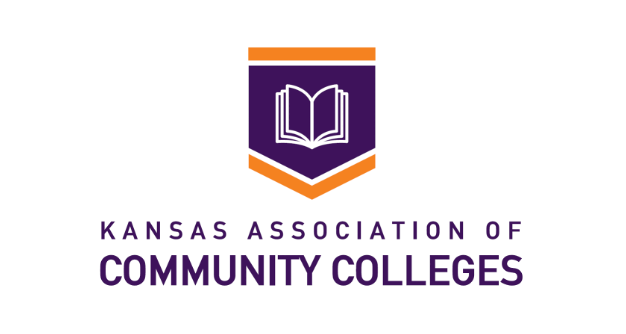Kansas Community Colleges report full dorms, rising enrollment

AUGUST 14, 2024 : ACADEMIC YEAR 2024-25
Kansas community colleges are flourishing, with enrollment up and students eager to begin a new academic year. That’s the news from community college presidents across the state, who are juggling a good problem — dorms that are already full before the semester even begins.
“We’re in a position kind of like Mark Twain when he wrote, “reports of my death have been exaggerated,’” said Brad Bennett of Seward County Community College. “Specifically, recent media across the state included data which were incomplete or partially inaccurate.” Indeed, early numbers indicate a robust year for members of the Kansas Association of Community Colleges (KACC).
Statewide, community colleges are scrambling to house incoming students enrolled for fall 2024:
- At Labette Community College “student housing is full,” said President Mark Watkins.
- That’s also the case at Allen County Community College, where enrollment for fall has already exceeded numbers from 2023.
- Interim president at Independence Community College, Dr. Jonathan Sadhoo said, “as of now, our dorms are full for fall.”
- At Butler Community College, “we’re full, with a waiting list,” said President Kim Krull.
- At Kansas City Kansas Community College, student housing is full for the fall, said President Greg Mosier, “and credit hours are up 10 percent for the summer, with a lot more online enrollment.”
- In the Southwest quadrant of the state, it’s the same. Student housing at Seward, Colby, Garden City, and Dodge City Community Colleges reached 100 percent, weeks before classes begin.
In terms of overall student enrollment, there’s a similar upward trend. That’s especially heartening, as the sector overall lost enrollment from 2019 onward — a long, painful aftereffect of the COVID-19 pandemic. At this point, the majority of the state’s 19 community colleges have regained that ground and enrollment numbers are back on track.
- Neosho Community College recorded an 8.5 percent enrollment bump last year, and anticipates a similar boost for 2024, summer enrollment was up 16.3 percent over last year said President Brian Inbody.
- Fort Scott Community College grew enrollment by 25 percent for its summer term, and has waitlists for select programs, noted Interim President Sarah Sutton.
- At Seward County, enrollment for the previous year was up by 17 percent.
- At Colby Community College, enrollment year-to-date is currently up 21.7 percent and their summer enrollment finished being 4.2 percent up.
- Cloud County Community College, enrollment year-to-date is currently up 12 percent in headcount and 5 percent in credit hours.
- At Garden City Community College, enrollment is currently up 11 percent with regards to headcount and 4 percent in credit hours, this was followed by a 7 percent increase this summer.
Community college presidents credit the increases at their two-year institutions to multiple factors: the increasing price-tag of a four-year degree, expanded partnerships with regional high schools for concurrent options for small-town students, and technological advancements that ease the limitations of distance and scheduling.
Additionally, a steady flow of students pick up credentials and continuing education through the Business & Industry departments at community colleges, which offer life enhancement classes for all ages. While those numbers are not included in official data, their value to the community and its employment infrastructure is key to strengthening the state.
“We’re proud of the work our 19 colleges have done to continue to develop local talent,” said KACC’s CEO Heather Morgan. “Industry partnerships are a prominent piece of each college’s role, and this effort leads to the creation and sustainment of local jobs.”
"At Labette Community College, we are thrilled to see our overall enrollment trending upwards over the past two years, a clear testament to the value our institution provides,” said Dr. Mark Watkins, LCC President. “Our commitment to meeting industry needs is evident in the expansion of our welding courses, where we have added more instructors to accommodate the growing demand. This strategic growth not only supports our students' success but also strengthens our community by ensuring a skilled workforce ready to excel in today’s industries."
Dr. Harold Nolte, President of Dodge City Community College, agreed, noting “with local leadership from our Board of Trustees, we are able to quickly respond to the needs of our community and created new programs in industrial maintenance for Hilmar and auto mechanics for both USD 443 and the local automotive servicing industry.”
At the end of the day, community colleges offer a unique ability to meet students where they are and help them reach where they hope to go. That might be a transfer to a four-year institution, or it might be a distance learning partnership with public or private universities. It might also be a college education that unfolds step by step, with certificates that stack up over time to increase earning capacity.
“What we’ve seen in Liberal is an acceleration of trends that had just started before the pandemic,” said Bennett. “Our enrollment management team had already taken a hard look at population trends and program performance. COVID accelerated our commitment to polishing our online delivery out of necessity.”
Ryan Ruda, president of Garden City Community College, also spoke to lessons gleaned from the lockdown that disrupted the academic years of 2020 through 2022. “Garden City Community College was extremely resilient and adaptive entering the pandemic due to having a strong existing partnership with Cengage for online textbooks and incorporation of Open Educational Resources (OER’s) which allow students to not have to purchase books for classes. GCCC's faculty and staff were very intentional in relationship building, advising and enhanced student services which increased student completion and success rates. Our college enrollment grew at a rate of 2 percent annually through the pandemic and for the two years following due to our intentional efforts and practices which were implemented.”
Now that life has returned to its new “normal,” community colleges see the results of the time their faculty and staff put in over the past few years.
“I’m incredibly proud of what we’re doing in Seward, but also what I see my colleagues doing at the other 18 colleges across the state,” said Bennett. “Instead of shrinking back and worrying, you’ve seen 19 presidents lean into enrollment growth and looking hard at individual community needs for the future.”
“One thing we all have in common is the same middle name — community,” he continued. “Each institution is uniquely positioned to help our students and the places they call home. People love this part of the state because of that can-do spirit, the small-town loyalty and grit. It shouldn’t be a surprise that our community colleges follow along in that spirit.”
To learn more about Kansas Community Colleges, visit www.kacct.org or reach out directly to Heather Morgan at hmorgan@kacct.org.

